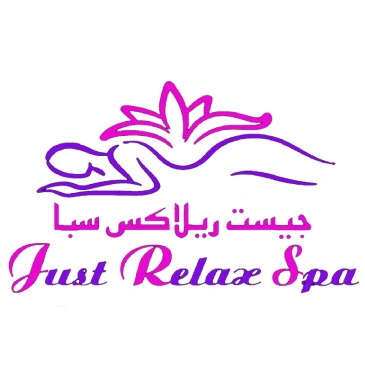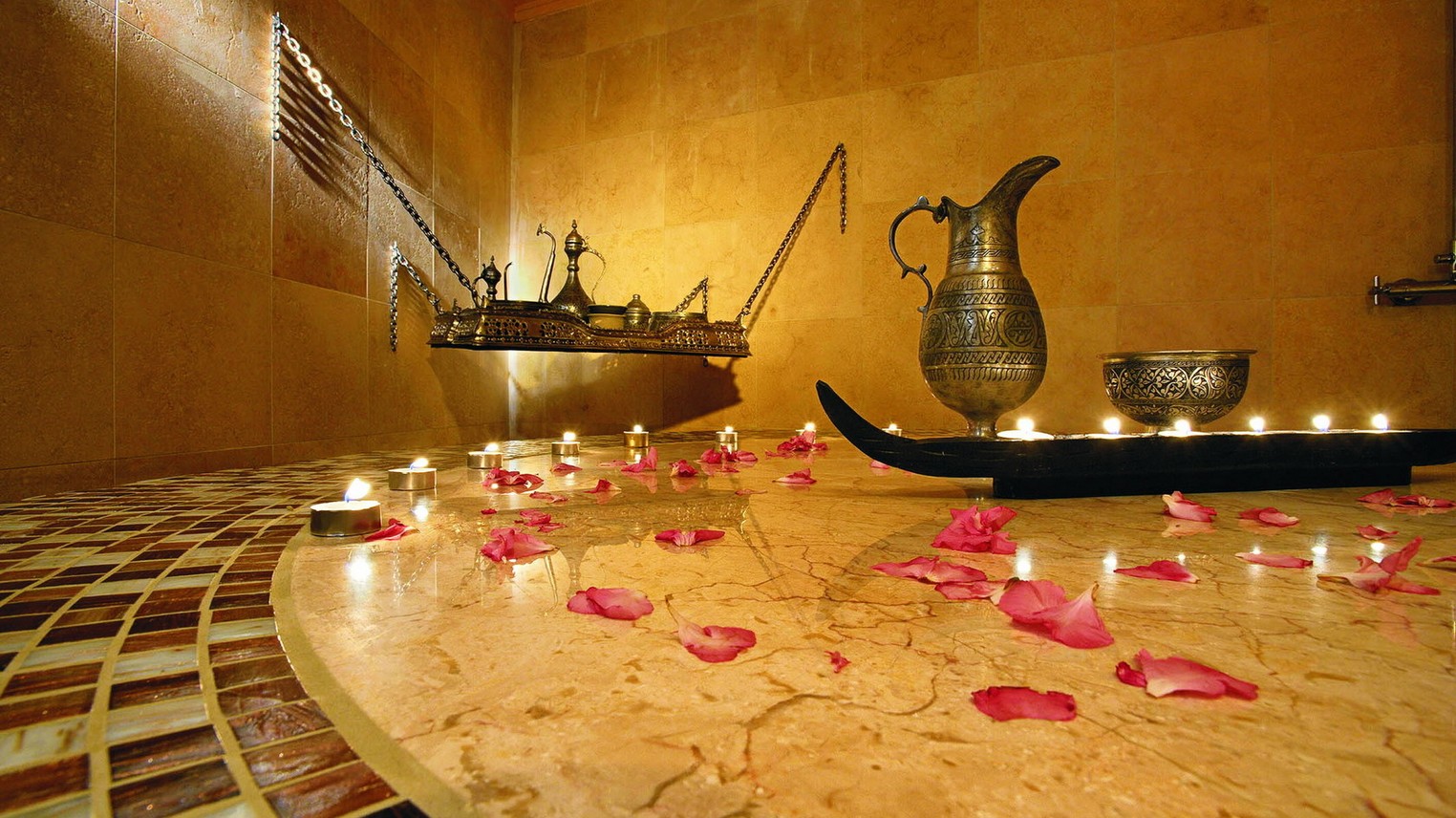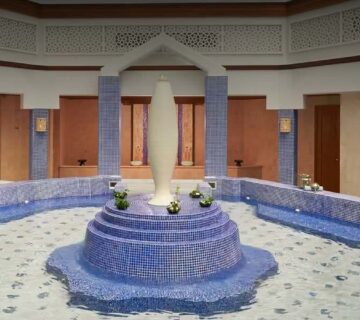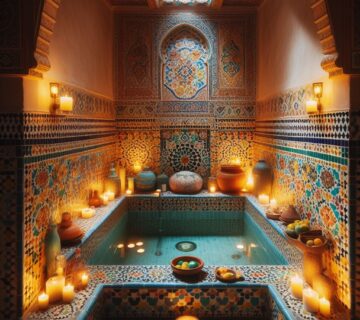Immerse yourself in the rich traditions and luxurious indulgence of a Moroccan bath, as we take you on a journey to discover its fascinating origins and incredible health benefits. Steeped in centuries-old customs, this traditional bathing ritual is not only a treat for the senses but a truly revitalizing experience for both body and mind.
Indulge your senses in the warm embrace of Moroccan hospitality, as skilled therapists use natural ingredients like argan oil, black soap, and exfoliating mitts to cleanse and purify your skin. The aromatic scents of essential oils fill the air, transporting you to a world of relaxation and tranquility.
Apart from its restorative effects on the skin, a Moroccan bath offers numerous health benefits. The exfoliation process helps to remove dead skin cells, revealing a smoother and healthier complexion. It also stimulates blood circulation, detoxifies the body, and promotes relaxation, reducing stress and tension.
Whether you seek a cultural experience or are simply looking to pamper yourself, a Moroccan bath is an indulgence worth exploring. Step into our world and immerse yourself in the age-old traditions and rejuvenating effects of this ancient ritual.
The history and cultural significance of Moroccan Bath
The Moroccan bath, also known as “Hammam,” has a long and storied history that dates back centuries. Originating in the Middle East, this traditional bathing ritual was introduced to Morocco during the Arab conquest in the 7th century. Since then, it has become an integral part of Moroccan culture, deeply rooted in their traditions and way of life.
Moroccan baths were initially communal spaces where people from all walks of life would gather to cleanse themselves. These baths served as social hubs, where people would engage in conversations, exchange news, and forge connections. Over time, Moroccan baths evolved to include private spaces, catering to individuals seeking a more intimate and personalized experience.
How Moroccan Bath works
At the heart of the Moroccan bath experience is the unique combination of steam, exfoliation, and cleansing. The process typically begins in a steam room, where the heat and humidity open up the pores, allowing for a deeper cleanse. This helps to soften the skin and prepare it for exfoliation.
Once in the steam room, the therapist will apply a special type of soap known as “black soap” all over your body. Made from a blend of olive oil and crushed olives, this soap is rich in antioxidants and vitamins, providing nourishment and hydration to the skin. The therapist will then use a kessa glove, a rough-textured mitt, to scrub away dead skin cells and impurities, revealing a fresh and radiant complexion.
Health benefits of Moroccan Bath
The exfoliation process involved in a Moroccan bath offers a range of health benefits beyond just improving the appearance of your skin. By removing dead skin cells and unclogging pores, it helps to prevent acne and other skin conditions. The deep cleansing also promotes the regeneration of new skin cells, resulting in a smoother and more youthful complexion.
In addition to its effects on the skin, a Moroccan bath has a profound impact on overall well-being. The steam and heat therapy involved in the process help to stimulate blood circulation, improving the oxygen and nutrient supply to the body’s tissues. This, in turn, enhances the body’s natural detoxification process, aiding in the elimination of toxins and impurities.
The combination of steam, exfoliation, and massage during a Moroccan bath also promotes relaxation and relieves stress. The heat and steam help to relax tense muscles, while the exfoliation and massage techniques release endorphins, the body’s natural “feel-good” hormones. This results in a sense of deep relaxation and rejuvenation, leaving you feeling refreshed and revitalized.
Moroccan Bath ingredients and their therapeutic properties
Central to the Moroccan bath experience are the natural ingredients used, each chosen for their unique therapeutic properties. These ingredients work together to cleanse, nourish, and rejuvenate the skin, leaving it soft, supple, and glowing.
Argan Oil: Often referred to as “liquid gold,” argan oil is derived from the nuts of the argan tree native to Morocco. Rich in antioxidants, essential fatty acids, and vitamin E, argan oil deeply moisturizes the skin, reduces inflammation, and promotes healing.
Black Soap: Made from a mixture of olive oil and crushed olives, black soap is a key component of the Moroccan bath ritual. Its high vitamin E content helps to nourish and protect the skin, while its natural antibacterial properties cleanse and purify.
Kessa Glove: The kessa glove is an essential tool in a Moroccan bath. Its rough texture helps to exfoliate the skin, removing dead cells and impurities. The glove also stimulates blood flow, leaving the skin rejuvenated and revitalized.
Rhassoul Clay: Sourced from the Atlas Mountains in Morocco, rhassoul clay is a mineral-rich clay that has been used for centuries in beauty treatments. It absorbs excess oil, unclogs pores, and improves skin texture, leaving it smooth and radiant.
Preparing for a Moroccan Bath session
To fully enjoy the benefits of a Moroccan bath, it is essential to prepare yourself beforehand. Here are some tips to help you make the most of your experience:
1. Hydrate: Drink plenty of water before your session to ensure your body is well-hydrated. This will help to enhance the detoxification process and prevent dehydration.
2. Exfoliate: Prior to your Moroccan bath, gently exfoliate your skin using a mild scrub. This will help to remove any surface impurities and allow the products used during the bath to penetrate more effectively.
3. Remove Makeup and Jewelry: It is best to remove all makeup and jewelry before your Moroccan bath. This will allow the therapist to thoroughly cleanse and treat your skin without any hindrances.
4. Arrive Early: Arriving early will give you time to relax and acclimate to the environment. Take a few moments to unwind and prepare yourself mentally for the experience ahead.
The step-by-step process of a traditional Moroccan Bath
1. Steam Room: Your Moroccan bath experience begins in the steam room, where you will be enveloped in warm, humid air. This helps to open up the pores, preparing your skin for the cleansing process.
2. Black Soap Application: Once in the steam room, the therapist will apply the black soap all over your body. The soap will be left on for a few minutes to allow it to penetrate and soften the skin.
3. Exfoliation with Kessa Glove: Using a kessa glove, the therapist will gently scrub your body in circular motions. This exfoliation process removes dead skin cells and impurities, leaving your skin smooth and rejuvenated.
4. Rinsing and Relaxation: After the exfoliation, you will be rinsed with warm water to remove the soap and dead skin cells. You will then have a few moments to relax and enjoy the calming ambiance of the steam room.
5. Rhassoul Clay Mask (Optional): If desired, the therapist may apply a rhassoul clay mask to your face and body. This mask helps to further cleanse and purify the skin, leaving it soft and radiant.
6. Final Rinse and Moisturization: The therapist will give you a final rinse to remove any remaining product from your body. Afterward, they will apply a nourishing moisturizer, such as argan oil, to hydrate and protect your skin.
Aftercare and post-Moroccan Bath rituals
After a Moroccan bath, it is important to take care of your skin to maintain its newly rejuvenated state. Here are some aftercare tips and post-bath rituals to follow:
1. Avoid Hot Water: For at least 24 hours after your Moroccan bath, avoid hot showers or baths. Hot water can strip away the natural oils and moisture from your skin, undoing the benefits of the bath.
2. Moisturize: Keep your skin hydrated by applying a nourishing moisturizer daily. Look for products that contain natural ingredients like argan oil or shea butter to maximize the benefits.
3. Protect Your Skin: Shield your skin from the sun’s harmful rays by applying a broad-spectrum sunscreen with at least SPF 30. This will help to prevent sunburn and premature aging.
4. Maintain Your Routine: To prolong the effects of your Moroccan bath, incorporate regular exfoliation and moisturization into your skincare routine. This will help to keep your skin soft, smooth, and glowing.
Recommended Moroccan Bath products and where to buy them
If you’re inspired to recreate the Moroccan bath experience at home, here are some recommended products and where you can purchase them:
1. Black Soap: Look for authentic Moroccan black soap made from natural ingredients. You can find a wide range of options online or at specialty stores that carry Moroccan beauty products.
2. Kessa Glove: Invest in a high-quality kessa glove made from traditional materials. Look for ones that have a rough texture for effective exfoliation. These gloves can often be found online or at stores specializing in bath accessories.
3. Argan Oil: Choose pure, organic argan oil sourced from Morocco. Look for reputable brands that offer cold-pressed, unrefined oil for the best quality. Many beauty stores and online retailers carry authentic Moroccan argan oil.
4. Rhassoul Clay: Seek out authentic rhassoul clay sourced directly from Morocco. Look for brands that offer pure, 100% natural clay with no additives. Online retailers and specialty stores are good places to find this product.
Conclusion: Embracing the Moroccan Bath tradition for relaxation and wellness
Immersing yourself in the traditions and health benefits of a Moroccan bath is a truly transformative experience. From the rich history and cultural significance to the therapeutic properties of the ingredients used, every aspect of this ancient ritual is designed to promote relaxation, rejuvenation, and overall well-being.
Whether you choose to indulge in a traditional Moroccan bath at a luxurious spa or recreate the experience at home, the benefits for your skin and overall health are undeniable. So take the time to embrace this centuries-old tradition, and let the warmth, soothing scents, and gentle touch of a Moroccan bath transport you to a world of relaxation and wellness.
Remember, the Moroccan bath is not just a beauty treatment; it is a holistic experience that nourishes both body and soul. So, immerse yourself in this ancient tradition and reap the rewards of radiant skin, improved circulation, and a profound sense of relaxation. Let the secrets of Moroccan beauty and well-being unveil themselves to you, and embark on a journey of self-care and indulgence like no other.
 Arabic
Arabic




No comment